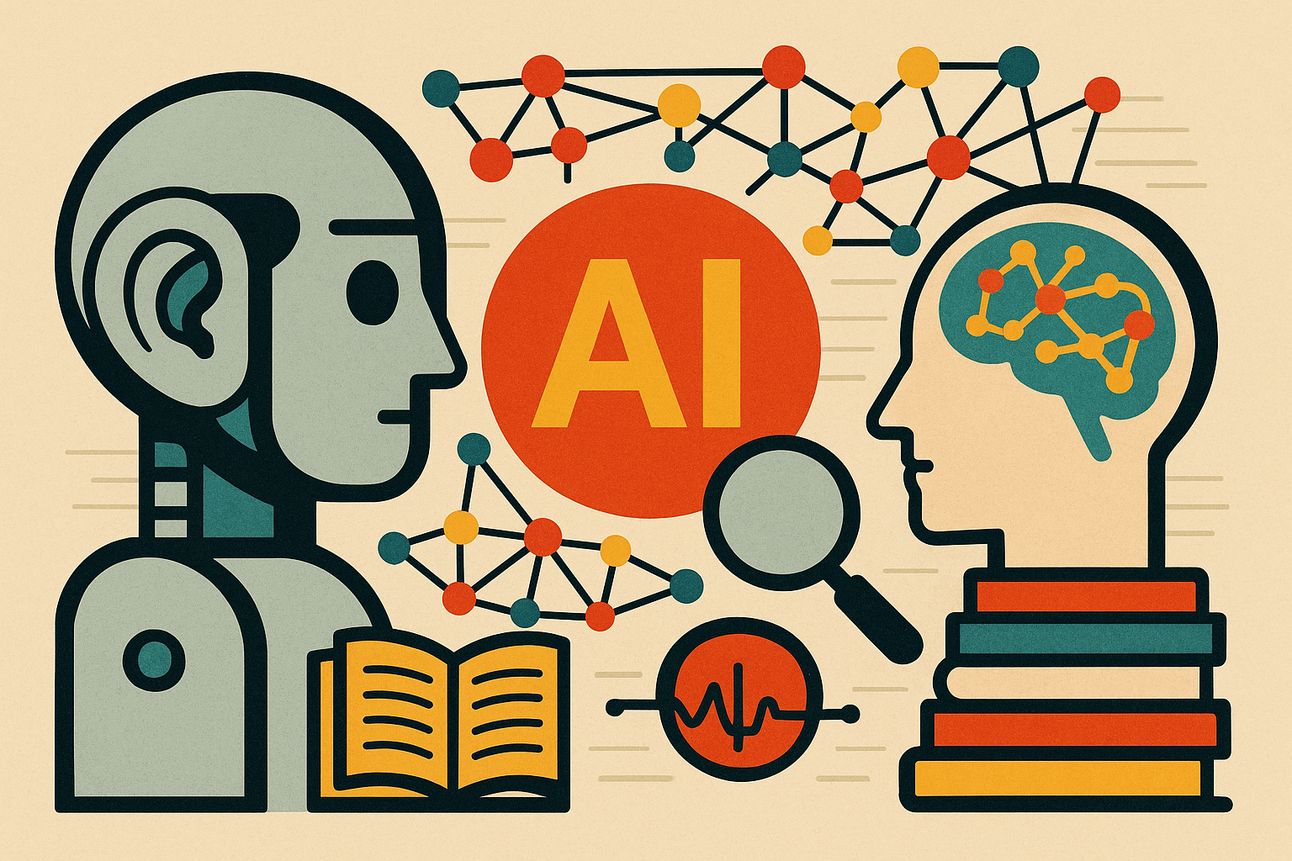- XcessAI
- Posts
- Attention and RAG
Attention and RAG
How LLMs Learn, Focus, and Retrieve Like Experts

Welcome Back to XcessAI
Hello AI explorers,
As we’ve navigated this AI journey together, we’ve unpacked everything from hallucinations to legal risks, and even AI-powered robots walking into our world. But sometimes, it’s worth slowing down to revisit the fundamentals — the engine room of large language models.
If you’ve ever wondered how models like ChatGPT or Claude seem to “understand” questions, retrieve the right information, and generate smart answers in seconds, this chapter is for you.
Today, we break down two of the most important — and misunderstood — concepts in AI:
Attention and RAG (Retrieval-Augmented Generation).
These are the tools that let AI models read, focus, and recall like digital experts.
No jargon. No math. Just practical, crystal-clear insights every business leader should understand.
Let’s dive in.
What Is “Attention”?
Imagine AI with a Spotlight.
If you give a 10-year-old a book and ask them to find the most important sentence on a page, they’ll skim, pause, and zoom in where it matters. That’s attention. And that’s also what AI models do — only much faster, and across billions of data points.
The “attention mechanism,” first introduced in 2017 in a paper called Attention Is All You Need, changed the game. It let AI models focus on the relevant parts of input — rather than processing everything equally.
Instead of reading every word in a sentence like a robot, models learn to prioritize meaning. For example:
In the sentence: “The cat sat on the mat because it was tired,”
Attention helps the AI know that “it” refers to “the cat”, not “the mat.”
That might sound trivial, but this mechanism is what powers everything from translation to coding assistants.
In short:
🧠 Attention = Selective focus, at scale.
It’s what makes transformers powerful and practical for real-world tasks.
What Is RAG?
Imagine AI with a Supercharged Memory.
RAG stands for Retrieval-Augmented Generation. Think of it like this:
You’re at a board meeting. You know a lot, but don’t remember every number off the top of your head. So, you reach into your folder, grab the most relevant report, and answer with precision.
That’s what RAG does for AI.
LLMs are trained on vast data sets, but they don’t “remember” in the way humans do. They work more like predictive engines — great at language, but not at facts. This can lead to hallucinations.
RAG solves this by giving the model real-time access to external documents, PDFs, databases, or internal reports — so it retrieves the most relevant facts before generating a response.
It’s like giving your AI a research assistant that whispers accurate data into its ear, right before it speaks.
In short:
📚 RAG = Retrieval + Generation = Smarter, fact-checked AI.
Why This Matters for Executives
Understanding attention and RAG isn’t just academic. It’s actionable intelligence for modern leadership. Here’s why:
✅ Better Model Selection: If you know how your tools work, you can pick the right one. Not all LLMs support RAG, and not all “smart” answers are equally grounded in reality.
✅ Accuracy = Reputation: Using RAG in client-facing chatbots, investor reports, or HR tools can reduce hallucinations and prevent embarrassing mistakes.
✅ Governance and IP: RAG setups can access your own documents — meaning the model doesn’t guess; it sources. That helps with compliance, audit trails, and protecting proprietary information.
✅ Cost and Speed: Focused attention means better compute efficiency. RAG can limit unnecessary generation, pulling answers directly from source material.
The Big Picture
Modern AI doesn’t just process data — it decides where to look (attention), and what to bring in from the outside world (RAG). That’s what makes it feel so human — and so useful.
If your AI strategy doesn’t include an understanding of these tools, you may be overpaying for models that hallucinate, or underutilizing ones that could supercharge your teams.
Final Thought
AI isn’t magic. It’s built from smart mechanisms like attention and retrieval — tools any business leader can learn to understand.
And in a world of hype, that understanding is your edge.
Until next time,
Stay sharp. Stay curious.
And keep exploring the frontier of AI.
Fabio Lopes
XcessAI
P.S.: Sharing is caring - pass this knowledge on to a friend or colleague. Let’s build a community of AI aficionados at www.xcessai.com.
Read our previous episodes online!
Reply